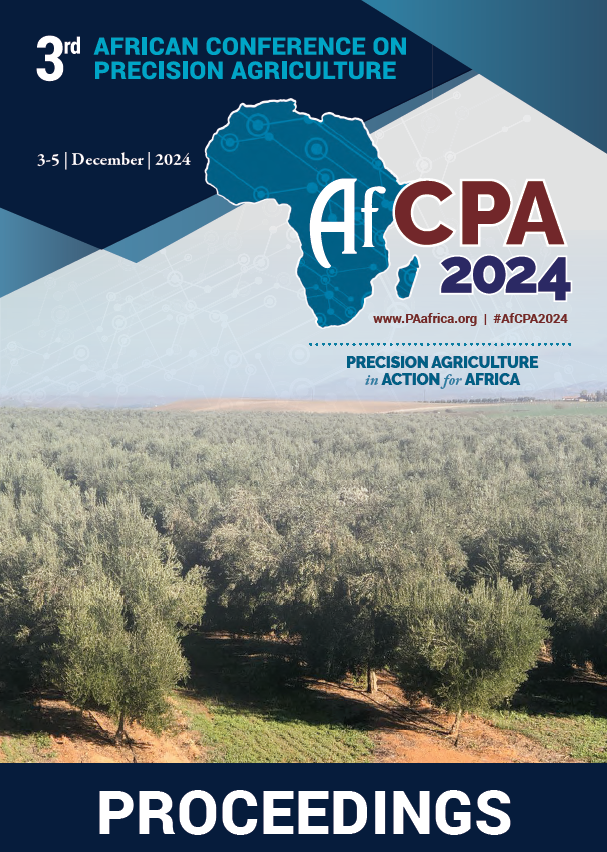Download the Conference Proceedings
Get your copy of the 2024 African Conference on Precision Agriculture Proceedings today! Download the PDF file and view all of the available proceedings.
Proceedings
Authors
| Filter results1 paper(s) found. |
|---|
1. détermination du bilan minéral partiel des exploitations agricoles à base du coton à l’aide du modèle NUTMONLa dégradation des sols des exploitations agricoles constitue ces dernières années une des causes principales des baisses de rendements au champ. A cet effet, la détermination quantitative des éléments nutritifs des sols cultivés peut contribuer à concevoir des stratégies de gestion durable de la fertilité de ces sols. C’est dans cette optique que 30 exploitations agricoles à base de coton ont été... A. Komlan, K. Kokou zovodu, A. Bassarou, G. Esso-iheyou, P. Justin |
